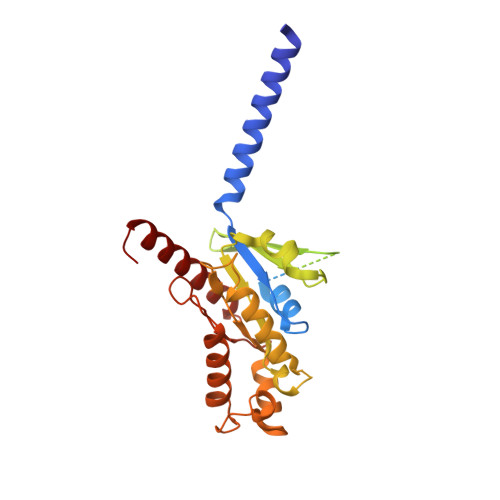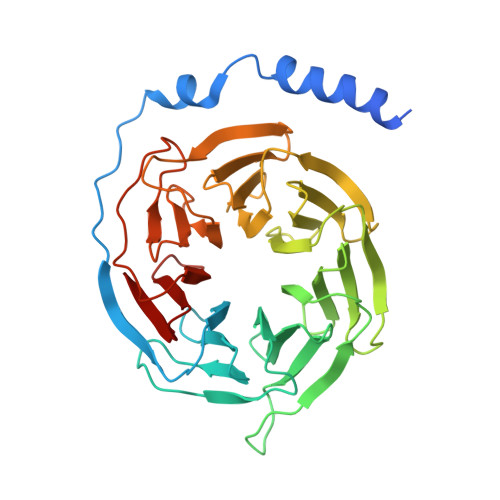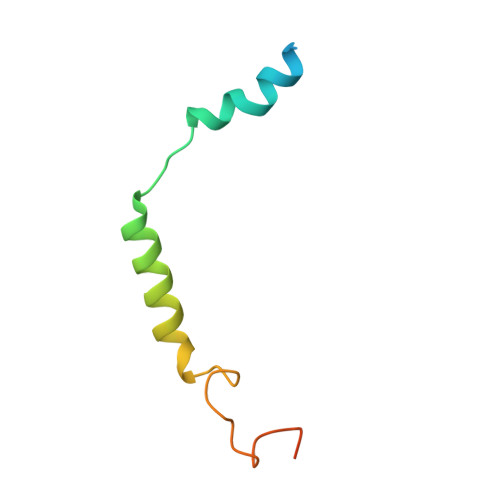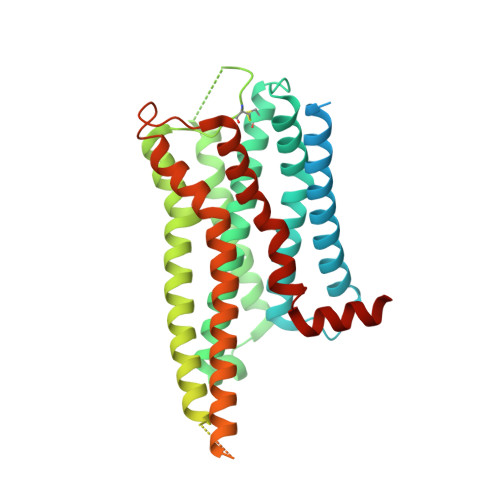Discovery of a functionally selective serotonin receptor (5-HT 1A R) agonist for the treatment of pain.
Ullrich, A., Schneider, J., Braz, J.M., Neu, E., Staffen, N., Stanek, M., Blahova, J., Hove, T., Albert, T., Allikalt, A., Lober, S., Bhardwaj, K., Rodriguez-Rosado, S., Fink, E., Rasmussen, T., Hubner, H., Inoue, A., Shoichet, B.K., Basbaum, A.I., Bottcher, B., Weikert, D., Gmeiner, P.(2025) Sci Adv 11: eadv9267-eadv9267
- PubMed: 40531992
- DOI: https://doi.org/10.1126/sciadv.adv9267
- Primary Citation of Related Structures:
8PJK, 8PKM, 9GL2 - PubMed Abstract:
The heterotrimeric G protein-coupled serotonin receptor 5-HT 1A receptor (5-HT 1A R) mediates antinociception and may serve as a valuable target for the treatment of pain. Starting from a chemical library, we evolved ST171, a bitopic 5-HT 1A R agonist that revealed highly potent and functionally selective G i/o signaling without G s activation and marginal β-arrestin recruitment. ST171 is effective in acute and chronic pain models. Cryo-electron microscopy structures of ST171 bound to 5-HT 1A R in complex with the G i protein compared to the canonical agonist befiradol bound to complexes of 5-HT 1A R with G i or G s revealed that the ligands occupy different exo-sites. The individual binding poses are associated with ligand-specific receptor conformations that were further studied by molecular dynamics simulations, allowing us to better understand ligand bias, a phenomenon that may be crucial to the discovery of more effective and safe G protein-coupled receptor drugs.
- Department of Chemistry and Pharmacy, Friedrich-Alexander-Universität Erlangen-Nürnberg, Erlangen, Germany.
Organizational Affiliation:






















